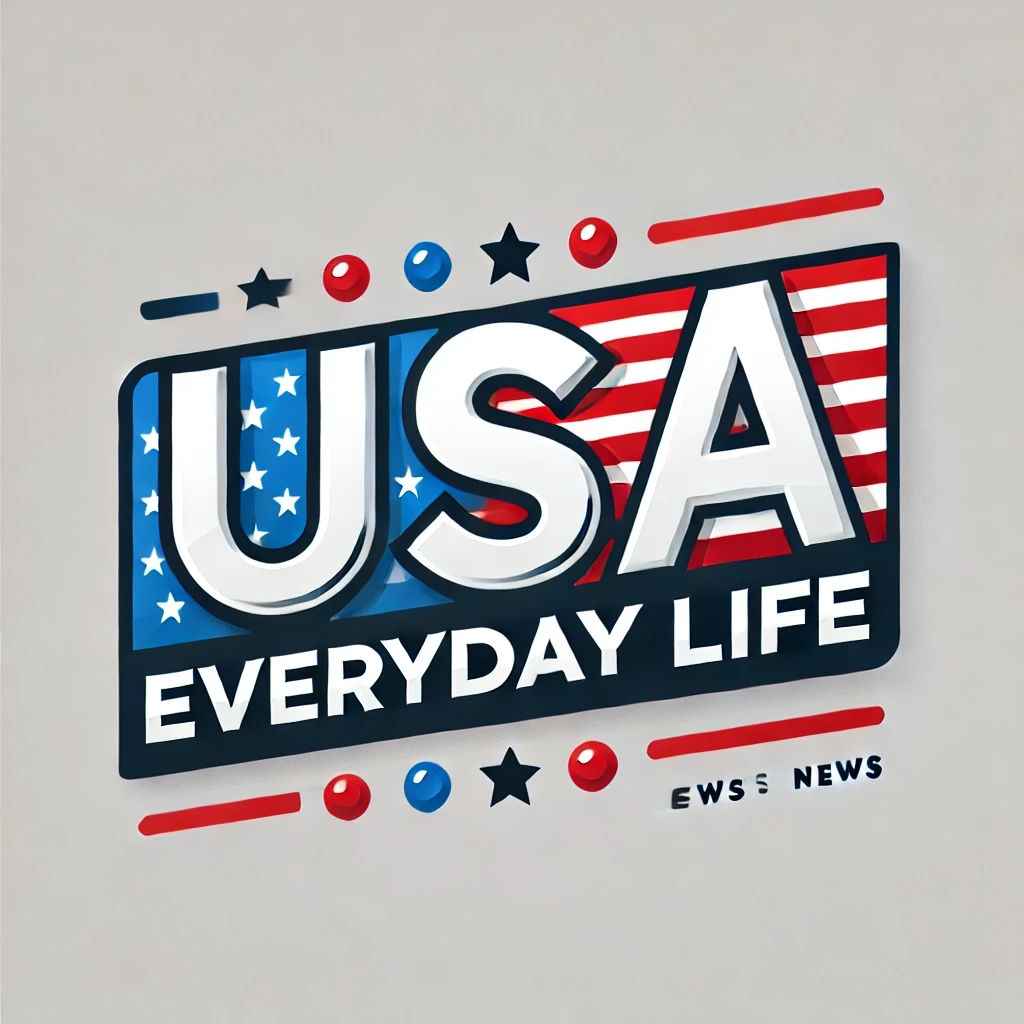While anxiety around the potential impact from President Donald Trump’s tariff plans looms large, manufacturing in the U.S. may still see growth this year, according to Wolfe Research. Under the surface, manufacturing already seems to be doing well, as the ISM Manufacturing Purchasing Managers’ Index hit 50.9% in January , marking the first time that the manufacturing sector has expanded after contracting for 26 months. A reading above 50% signals general expansion in the space, while a reading below 50% signals general contraction. The New Orders Index also expanded for the third month in a row after seeing contraction for seven months before that, hitting 55.1% last month. That’s up exactly three percentage points from December’s figure. “Despite tariff concerns, we expect the ISM Manufacturing Index to continue moving above the expansionary level of 50 in 2025, and our favorite industries to own into a rebound are Capital Markets, Semiconductors, and Transports,” analyst Chris Senyek wrote in a Monday note. The forecast follows Trump signing an executive order on Monday to impose new 25% tariffs on all steel and aluminum imports into the U.S. The move comes just days after Trump said he was planning reciprocal tariffs on trading partners . With that in mind, Wolfe Research screened for financials, technology, industrials and discretionary companies in the S & P 1500 that could see gains ahead. Those companies have a market cap of more than $2 billion, and their stock prices have been most correlated to the New Orders Index historically, specifically from 2012 to date. Below are some names that appeared. While the United Parcel Service has fallen more than 9% year to date, the industrials name could be poised for a move to the upside over the next several months, as it has an ISM New Orders correlation of 0.58. Analysts covering it on Wall Street certainly seem to agree, given that more than half – 18 out of 31, to be exact – have a strong buy or buy rating, per LSEG data. It also has a 12-month consensus price target of around $132, implying nearly 16% upside potential, as of Monday’s close. CSX is another industrials company that made the cut, having an ISM New Orders correlation of 0.57. While the stock has also underperformed the S & P 500 this year, it has still seen gains, advancing more than 2% in that period. Analysts project that its gains will continue, seeing that 19 out of 28 of them have taken a bullish stance with a strong buy or buy rating. Its consensus target of roughly $37 implies more than 12% upside ahead. Meanwhile, in the financials group, Charles Schwab – which has an ISM New Orders correlation of 0.54 – has outperformed the broader market this year, rising more than 9%. The stock has also risen more than 11% in the past month. With a positive year so far, the Street is staying with the name. Among 23 analysts covering it on the Street, 16 have a strong buy or buy rating, and its $88 consensus target reflects more than 8% from here.





